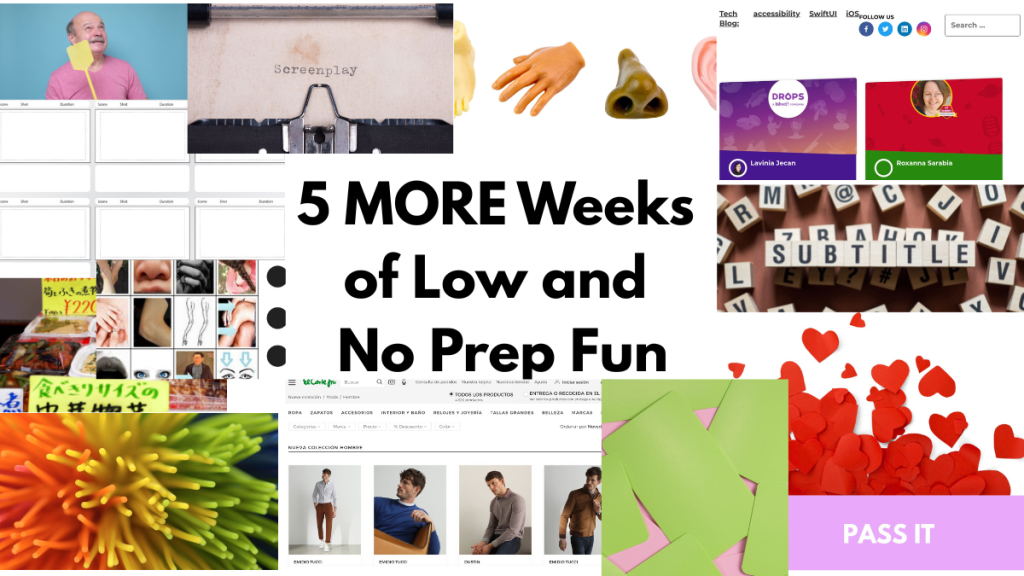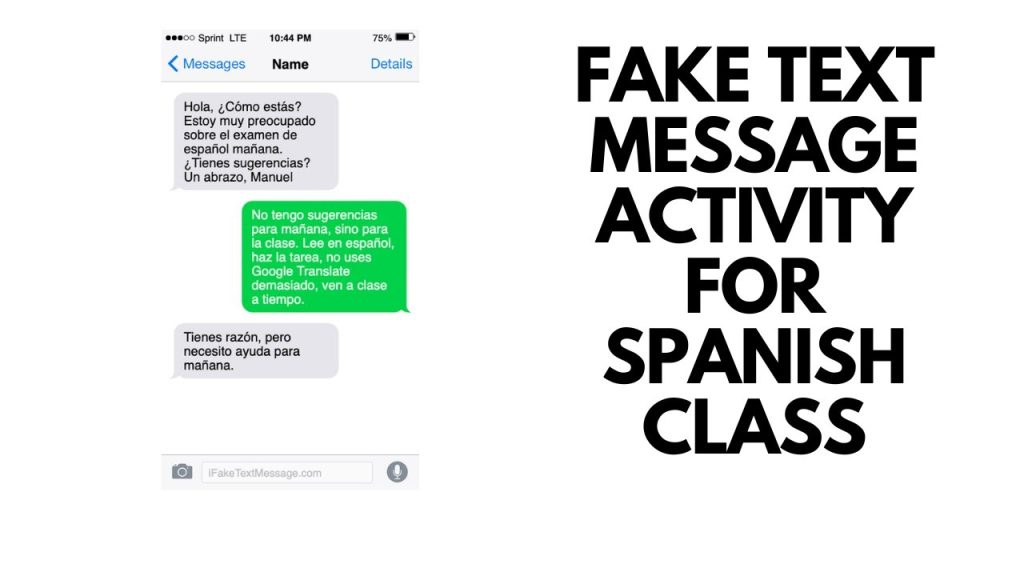
In this post I share 25 low‑prep and no‑prep activities you can drop into your lessons tomorrow. If you’re building a Teaching Languages: Survey Template or simply want quick, engaging tasks to check knowledge and spark conversation, these ideas are adaptable to any language and any CEFR level (A/novice, B/intermediate, C/advanced).
Why low‑prep matters (and how to use this list)
Teaching is tiring. You don’t always have time to design elaborate lessons — but learners still need meaningful, repeated exposure to the target language. These activities were chosen because they:
- require minimal materials or tech;
- work across levels with small tweaks;
- focus on communication, repetition and fun.
If you’re creating a Teaching Languages: Survey Template, include a short section asking teachers which of these activities they already use, which they want to try, and what materials they have available. That quick survey will help tailor staff training or a shared resource bank.
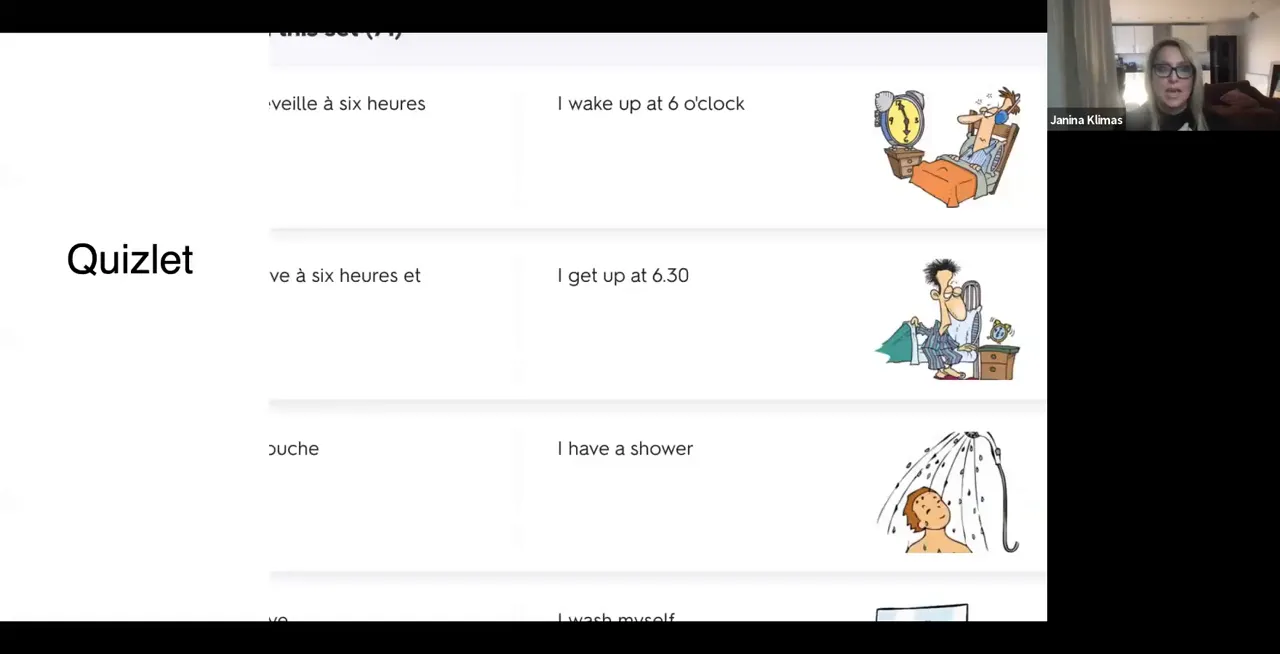
Quick tech tools (little prep, big payoff)
Use tech to save time: Quizlet Live and Kahoot are fast to launch and great for team competition. Quizlet’s live feature auto‑creates a game from a set and works best when you have at least four learners. Kahoot is a solid alternative if you prefer its interface. Both give you high‑engagement practice in under 10 minutes.

Active, tactile games
When you want movement and TPR (total physical response), try:
- Fly swatter: place word cards or drawings in the centre; call a word and students hit it. Great for novices.
- Pass it: play music while students pass cards; when the music stops they must say/read/respond to the card they hold.
- Koosh/soft ball toss: toss the ball to prompt questions and answers — quick, noisy and energising.
Subtitles & movie talk (listening + production)
Show short clips (2–3 minutes for novices) and ask students to write subtitles, or list six things they heard. This turns repeated, scaffolded listening into output. Use sound‑off clips for creativity: students imagine and write what’s happening in the target language.
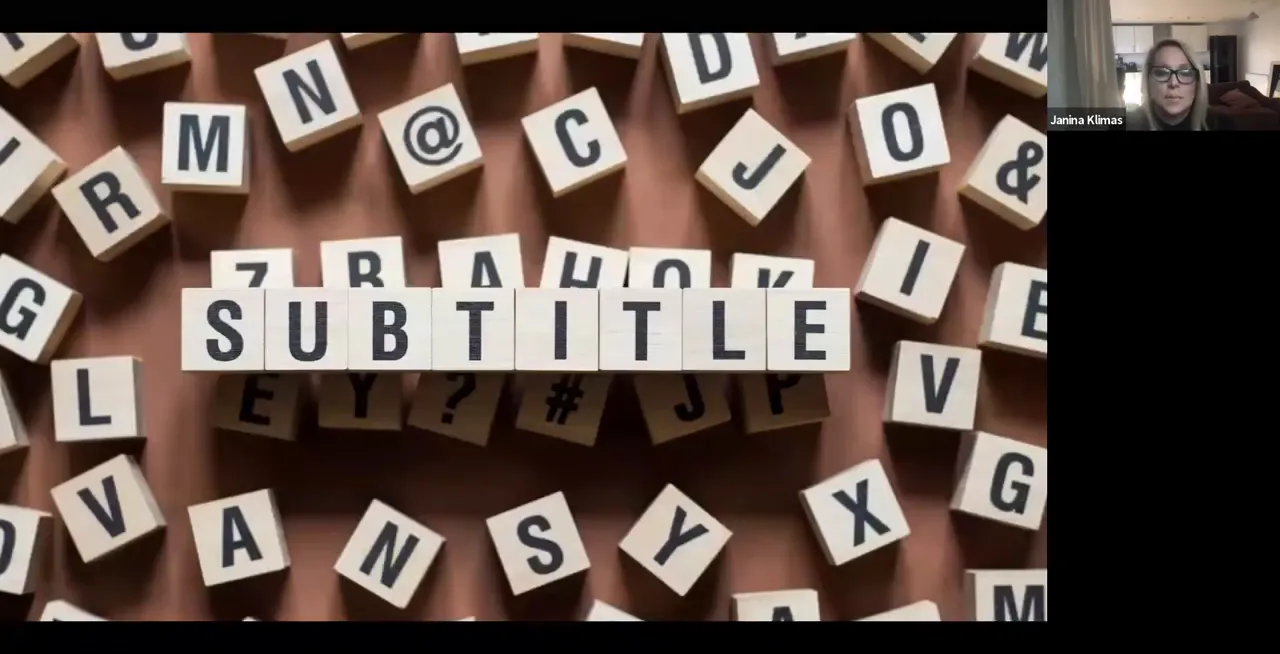
Storyboard and screenplay projects
Give students a simple storyboard (free templates exist at sites like freeology.org). Use it to:
- retell a reading selection visually and in writing;
- plan and shoot six short scenes for a class video;
- write a two‑minute screenplay (one page ≈ one minute) and perform it as reader’s theatre.
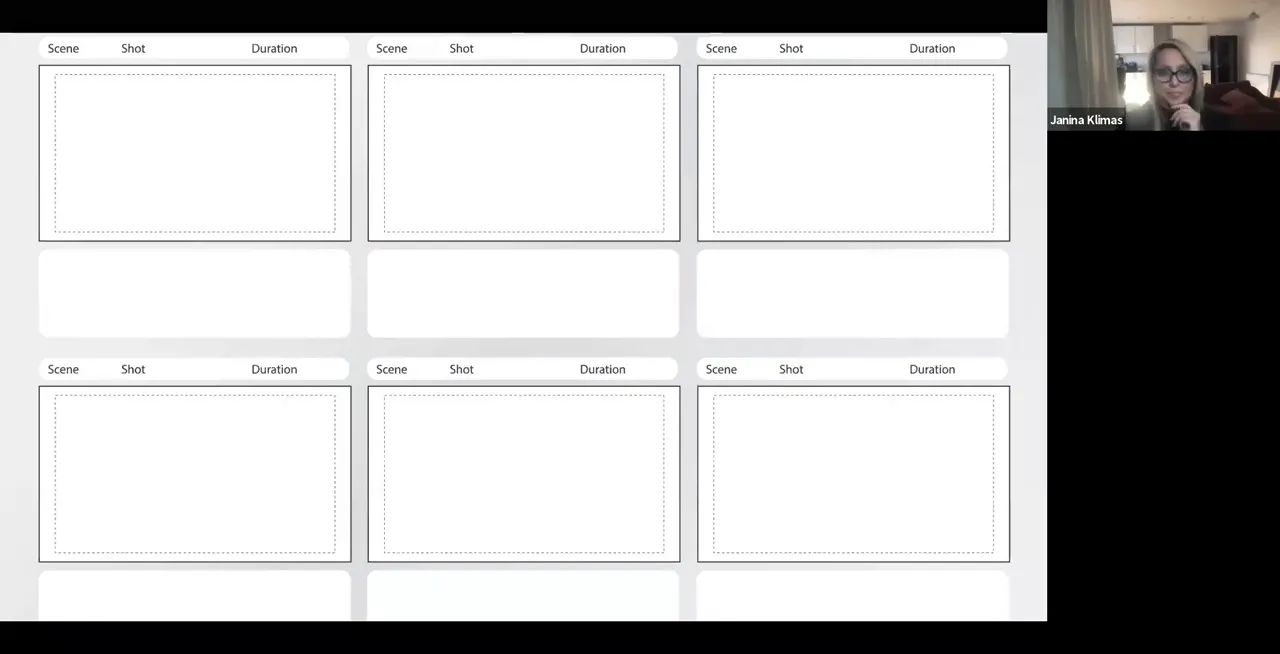
Real‑world tasks: shopping, menus and websites
Bring authentic texts into class: department store pages, menus, and online product listings work brilliantly. For intermediate students, ask groups to compare stores from different countries and present cultural differences. For novices, create short shopping lists for roleplays (e.g. “I need something for a wedding” — find options and justify the choices).
Vocabulary staples: post‑its, hearts, index cards
These basic supplies unlock many activities:
- Post‑its: label body parts, classroom objects, or vocabulary around the room; use different colours for story parts when building collaborative narratives.
- Hearts: quick writing activity for compliments or “things I love” — great for low‑stakes writing and community building.
- Index cards: flashcards for games (Go Fish, team rapid‑fire Q&A) and instant pair practice.

My Fridge / Photo prompts
Ask students to give a mini‑tour of their fridge, closet or bedroom using a photo or slide. This is perfect for phone‑savvy teens — it’s personalised, low prep for you, and pushes spontaneous speaking. Collect the short videos in a platform like Flipgrid for peer feedback and a shared gallery.
Music, buzzers and low‑tech game night
Music: try LyricsTraining to turn songs into fill‑in tasks — excellent for listening, culture and grammar spotlight lessons. Buzzers, dice and simple bingo can jazz up textbook exercises and get teams competing in a teacher‑friendly way.

If you’re short on energy, declare a “Game Night”: rotate through stations (bingo, hangman, drawing, quiz apps). It’s a powerful review session that requires minimal planning and high student talk time.
Coffee talk and conversation routines
At the heart of language learning is talk. Organise low‑anxiety, supported discussion times: bring food, invite a guest speaker, or run a guided chat with question prompts. For novices, provide sentence frames; for advanced students, offer debate prompts or open‑ended cultural questions.

Alliteration and nature walks
Two playful ideas that build vocabulary and creativity:
- Alliteration name game: pair students’ names with adjectives (Nice Nina / Brave Ben) — chain repetition increases listening and speaking practice.
- Nature walk: give groups a vocabulary checklist, send them outside to identify and sketch items, then reconvene to collate and label. Perfect spring activity that promotes negotiation of meaning.

How to include these activities in a Teaching Languages: Survey Template
- List the 25 activities and ask teachers to tick which they already use.
- Ask which activities they would like ready‑made resources for (e.g. post‑its packs, storyboard PDF, Quizlet sets).
- Collect preferred tech platforms (Quizlet, Kahoot, Flipgrid, LyricsTraining) so you can prioritise training.
- Include a section for barriers (class size, devices, storage) so staff support is targeted.
Embedding this short survey into department planning helps you build a bank of low‑prep materials and identify quick wins for the term.
Final thoughts and where to find more
Low‑prep doesn’t mean low‑impact. These activities maximise repetition, student talk and cultural input with minimal time investment. If you’re compiling a Teaching Languages: Survey Template, these tasks give you a practical menu to share with colleagues.
I’ve also created a free e‑book with 25 activities and level‑by‑level adaptations — it’s a handy resource for busy teachers who want plug‑and‑play options.
If you try any of these ideas, adapt them to your learners and local context.
